Solar investing: is it too risky?
NextEnergy Solar Fund’s steep discount reflects doubts about high debts and the sustainability of its dividend. What does it mean for solar investors?

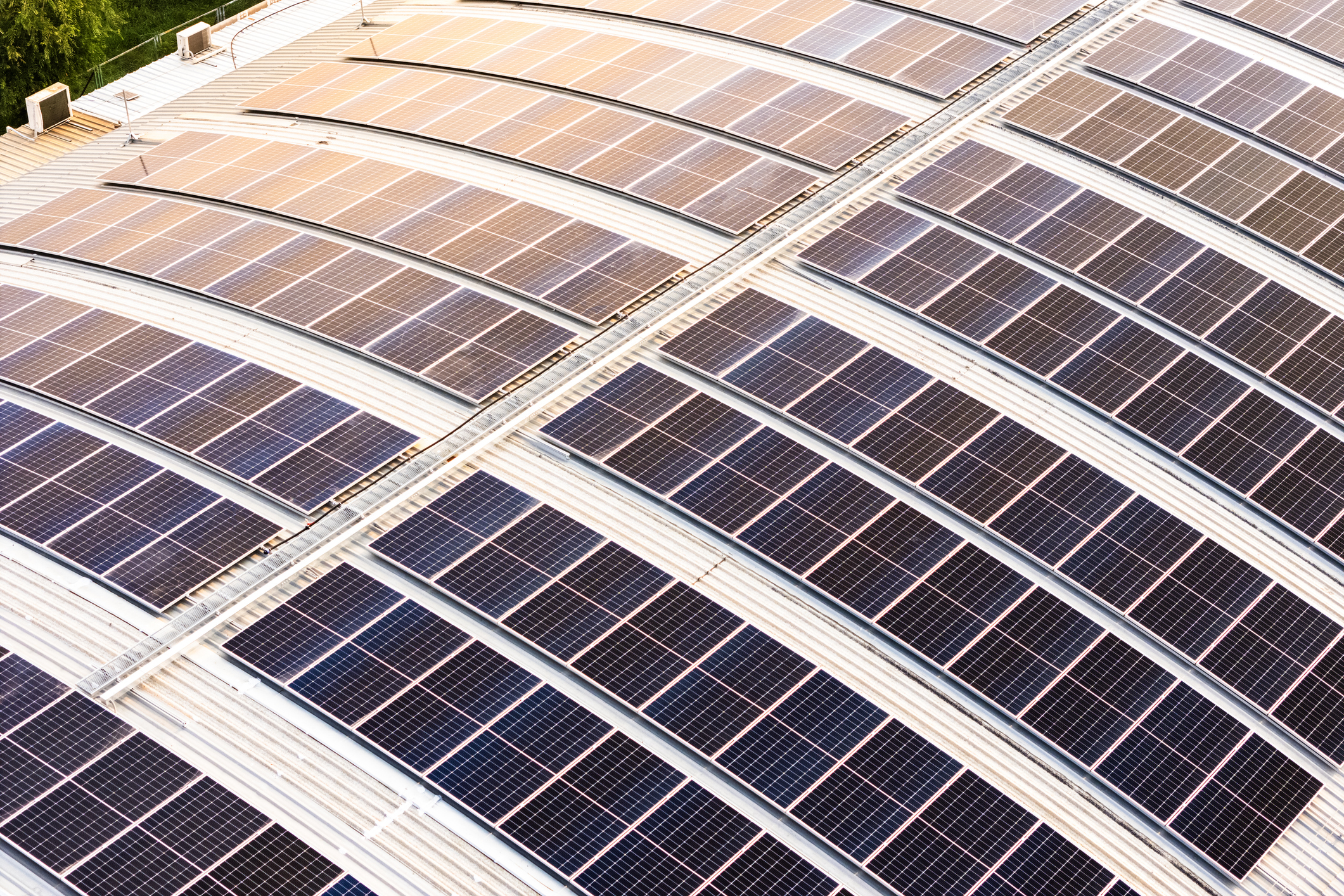
The UK has one of the most mature solar markets in the world with around 16GW currently deployed across the country. The government has a target to quadruple this to 70GW by 2035, illustrating strong support for solar as a source of low-carbon power and energy security. The latter has become a priority following Russia’s invasion of Ukraine.
What challenges are facing the solar industry?
Although solar power is a cheap source of energy when the sun is shining, the price that generators receive is often tied to the natural gas price. This means that renewable-energy companies benefited when the price of gas more than doubled from the start of 2022 to August of that year, following the invasion of Ukraine. However, since then the gas price has returned to close to its long-term average, and shares in the renewables firms have slumped.
NextEnergy Solar Fund (LSE: NESF) is one of the hardest hit, down by 40%. It trades on a forecast dividend yield of 12% and a 30% discount to its latest net asset value (NAV). Presumably, due to that yield, NESF has become the most-bought investment trust on platforms such as Hargreaves Lansdown, AJ Bell and Interactive Investor.
MoneyWeek
Subscribe to MoneyWeek today and get your first six magazine issues absolutely FREE

Sign up to Money Morning
Don't miss the latest investment and personal finances news, market analysis, plus money-saving tips with our free twice-daily newsletter
Don't miss the latest investment and personal finances news, market analysis, plus money-saving tips with our free twice-daily newsletter
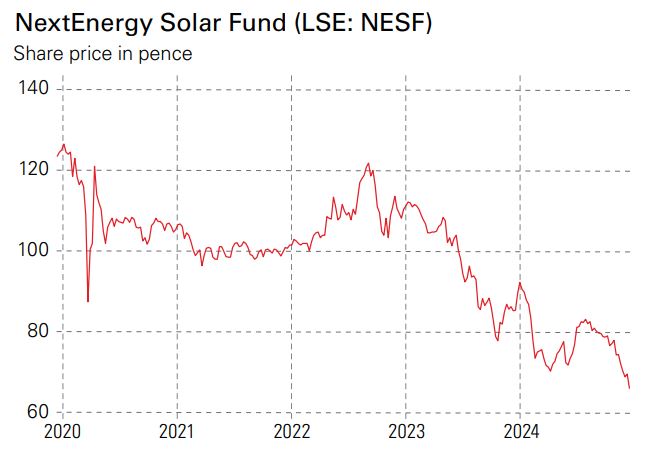
A yield this high signals that there are risks. One reason for NESF’s low valuation could be its debt burden: this stood at £533 million as of September 2024, which is around 1.3 times its market capitalisation.
Management says that its weighted average cost of debt is 4.9%. Around 70% of the debt is fixed rate, including £200 million of preference shares issued in November 2018 and August 2019. These pay a fixed dividend of 4.75% and there’s no requirement to redeem them (instead they can convert into equity from 1 April 2036). The remaining £333 million debt consists of long-term interest rate hedged debt of £156 million and £153 million revolving credit facility (RCF) on a floating rate. This £333 million of debt will need to be repaid, either from cash flow generated by the solar panels or by selling off assets.
Management chooses not to show the entire £26 million interest costs from this debt running through a consolidated income statement. Similarly, it reports £1.14 billion of invested capital, yet total assets on the balance sheet are well below that level, at £771 million. The reason for the divergence is that management report as an investment entity on a non-consolidated basis. The company then makes investments in solar panels through holding companies and special purpose vehicles, which are off the balance sheet.
So we have fair-value accounting, a share price at a discount to book value, a reliance on short-term funding (the RCF), the use of alternative performance measures, and worries over the sustainability of dividends. This will sound familiar to anyone who followed banks before the financial crisis.
Slow progress on sales
In April 2023, management announced a capital-recycling programme, intending to sell five subsidy-free UK solar assets with 246MW of capacity. The proceeds would go to paying down debt, buying back shares and investing in battery-storage facilities.
NESF completed phase I of the divestment in November 2023, selling the ready-to-build Hatherden solar project with 60MW of capacity for just £15 million. In phase II and phase III, it sold the operational Whitecross (35.22MW) and Staughton (50MW) solar farms for £27 million and £30.3 million respectively.
NESF has invested £1.14 billion of capital to own 983MW of installed capacity. It is difficult with the information available to understand how much the value of a project should increase as it goes from ready-to-build to operational, but if one were to use the sale of 60MW of ready-to-build capacity for £15 million as a lowest bound, it would imply that the mark-to-market fair value of the group’s entire invested capital is closer to £300 million! To pay down the £333 million of debt at the valuation achieved for phase I, NESF would need to sell more than its installed capacity.
Fortunately, the subsequent deals have been better, even if both look to be surprisingly low valuations when we note by way of comparison that NESF paid €132 million (£110 million) for 35MW of installed capacity (the Solis portfolio) in Italy in December 2018.
Management is now more than halfway through the disposals, having sold 145MW of the 246MW target. Yet, based on the first-half figures, the debt burden remains stubbornly high.
Why is NESF trading at a steep discount to NAV?
Stockbroker Cavendish and renewable-energy specialists Longspur Capital have both published “sponsored research” (ie, the company pays for it) on NESF. Yet it’s not obvious from reading this material – which obviously aims to give the subject a chance to present its investment case clearly – why NESF is trading at a 30% discount to NAV, or what has caused the shares to fall 20% since the summer, when the gas price has risen sharply.
Still, there are a couple of helpful tailwinds. First, interest rates seem to have peaked with the Bank of England making two cuts. Secondly, gas for delivery next summer is being priced at a record premium to winter 2025/2026. Around half of NESF’s revenues come from inflation-linked government-backed subsidies, but it also locks in prices with a rolling three-year hedging programme. So rising prices should help support medium-term cash flows to maintain the dividend, and could also mean better prices on the remaining phases of the asset disposals.
Management said a few weeks ago that investors have sufficient information to calculate if the dividend is sustainable. That claim seems tenuous. The board has set a target dividend of 8.43p for the year ending in March, but cover is expected to decline to 1.1, down from 1.4 two years ago. The lack of consolidated reporting means it is hard to compare fair value accounting assumptions with the reality of cash flow. I hold the stock while feeling that a yield above 12% suggests a dividend cut is probable, but not inevitable.
This article was first published in MoneyWeek's magazine. Enjoy exclusive early access to news, opinion and analysis from our team of financial experts with a MoneyWeek subscription.
Get the latest financial news, insights and expert analysis from our award-winning MoneyWeek team, to help you understand what really matters when it comes to your finances.

Bruce is a self-invested, low-frequency, buy-and-hold investor focused on quality. A former equity analyst, specialising in UK banks, Bruce now writes for MoneyWeek and Sharepad. He also does his own investing, and enjoy beach volleyball in my spare time. Bruce co-hosts the Investors' Roundtable Podcast with Roland Head, Mark Simpson and Maynard Paton.
-
 Boost for over 100,000 families on Child Benefit as new HMRC payment system rolled out
Boost for over 100,000 families on Child Benefit as new HMRC payment system rolled outThousands of households will no longer have to pay the dreaded High Income Child Benefit Charge through self-assessment
-
 Are you being haunted by the ghost of Christmas past? How festive cutbacks could boost your long-term wealth
Are you being haunted by the ghost of Christmas past? How festive cutbacks could boost your long-term wealthThe average family spends around £1,000 over the Christmas season. Here’s how much you could have gained if you had invested some of the money instead.
-
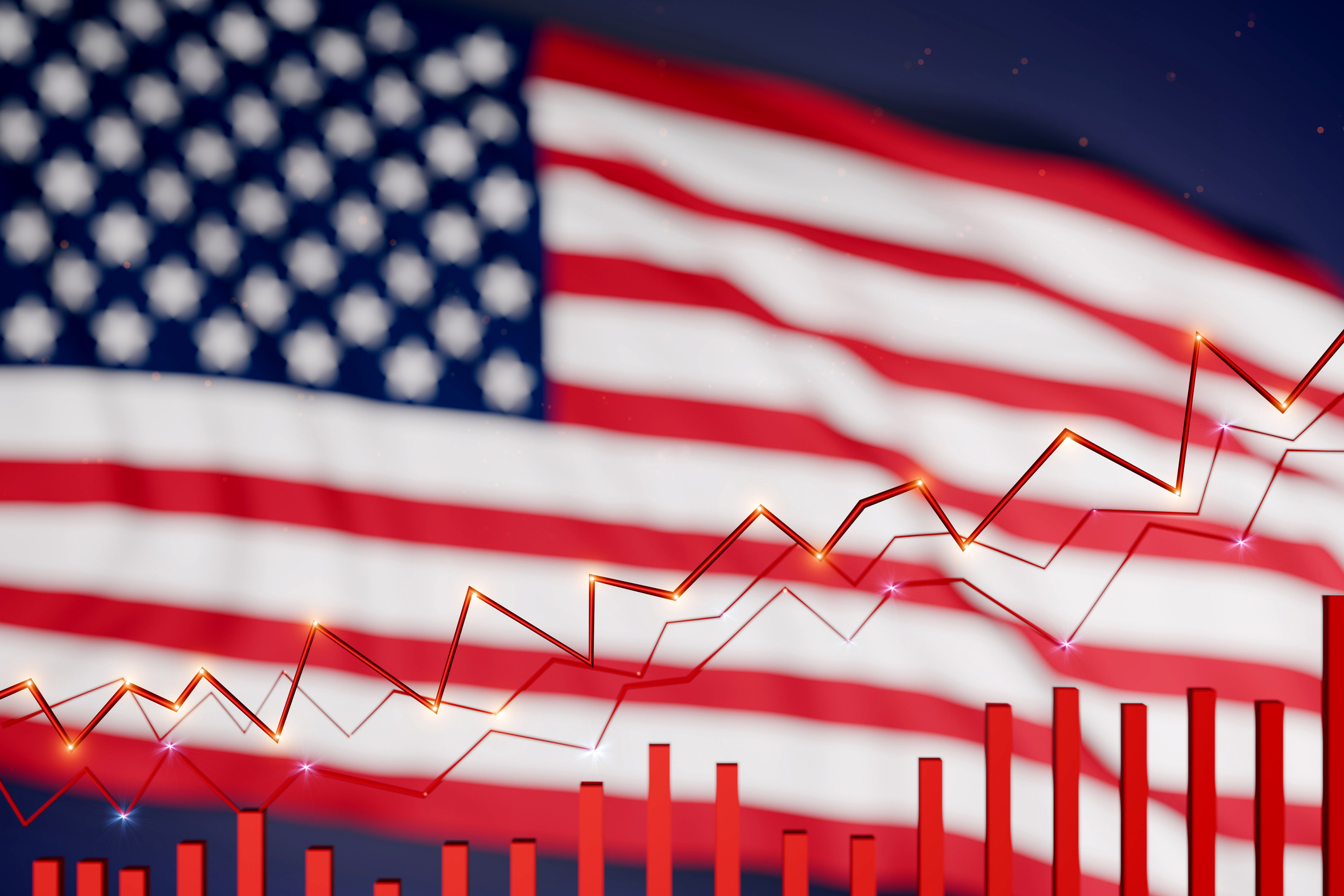 Stock markets have a mountain to climb: opt for resilience, growth and value
Stock markets have a mountain to climb: opt for resilience, growth and valueOpinion Julian Wheeler, partner and US equity specialist, Shard Capital, highlights three US stocks where he would put his money
-
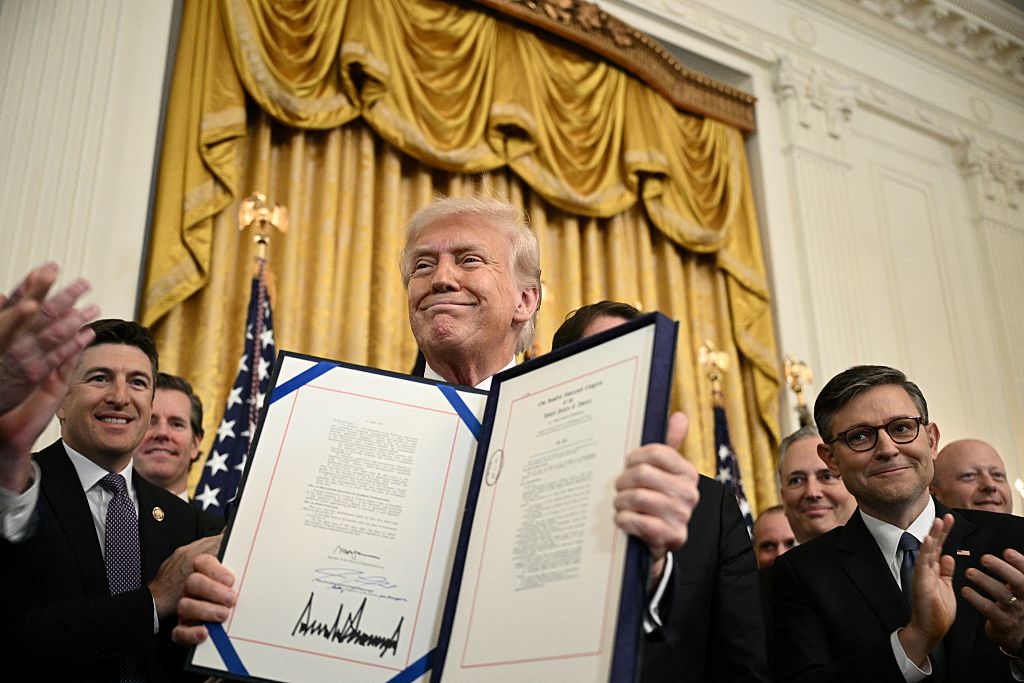 The steady rise of stablecoins
The steady rise of stablecoinsInnovations in cryptocurrency have created stablecoins, a new form of money. Trump is an enthusiastic supporter, but its benefits are not yet clear
-
 SRT Marine Systems: A leader in marine technology
SRT Marine Systems: A leader in marine technologySRT Marine Systems is thriving and has a bulging order book, says Dr Michael Tubbs
-
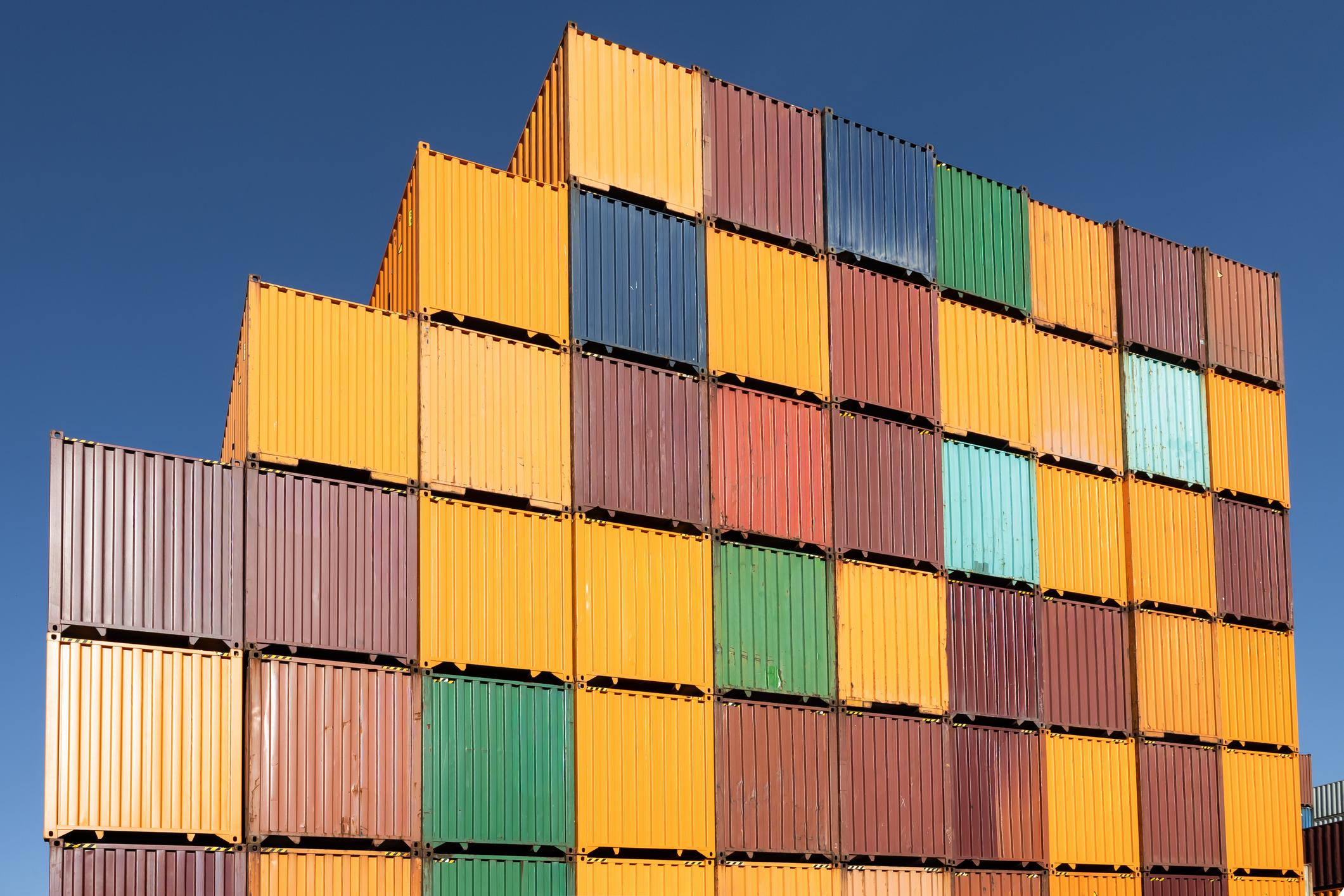 Goodwin: A superlative British manufacturer to buy now
Goodwin: A superlative British manufacturer to buy nowVeteran engineering group Goodwin has created a new profit engine. But following its tremendous run, can investors still afford the shares?
-
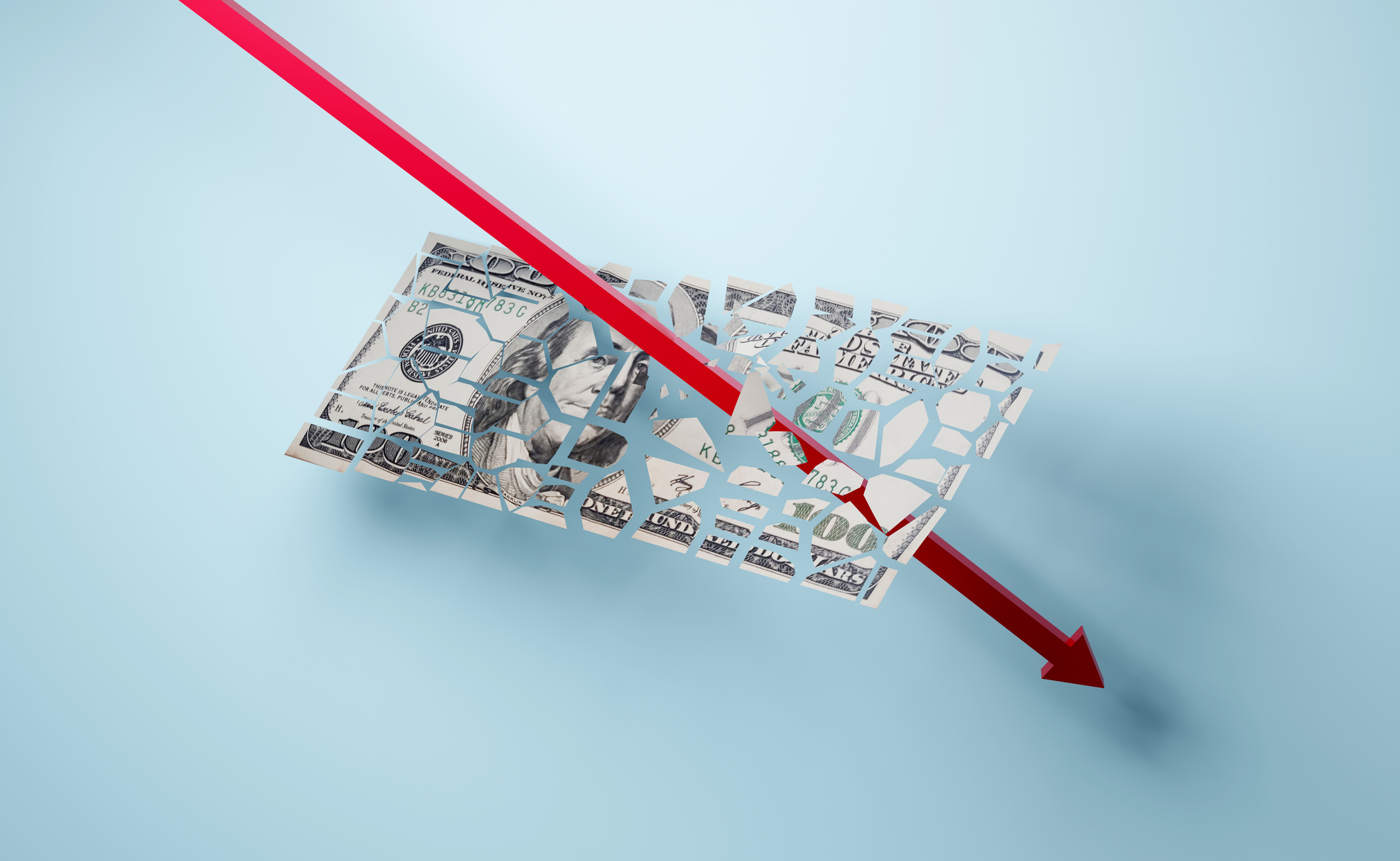 A change in leadership: Is US stock market exceptionalism over?
A change in leadership: Is US stock market exceptionalism over?US stocks trailed the rest of the world in 2025. Is this a sign that a long-overdue shift is underway?
-
 A reckoning is coming for unnecessary investment trusts
A reckoning is coming for unnecessary investment trustsInvestment trusts that don’t use their structural advantages will find it increasingly hard to survive, says Rupert Hargreaves
-
 Metals and AI power emerging markets
Metals and AI power emerging marketsThis year’s big emerging market winners have tended to offer exposure to one of 2025’s two winning trends – AI-focused tech and the global metals rally
-
 8 of the best houses for sale with beautiful fireplaces
8 of the best houses for sale with beautiful fireplacesThe best houses for sale with beautiful fireplaces – from a 15th-century cottage in Kent to a 17th-century palazzo in Oxfordshire